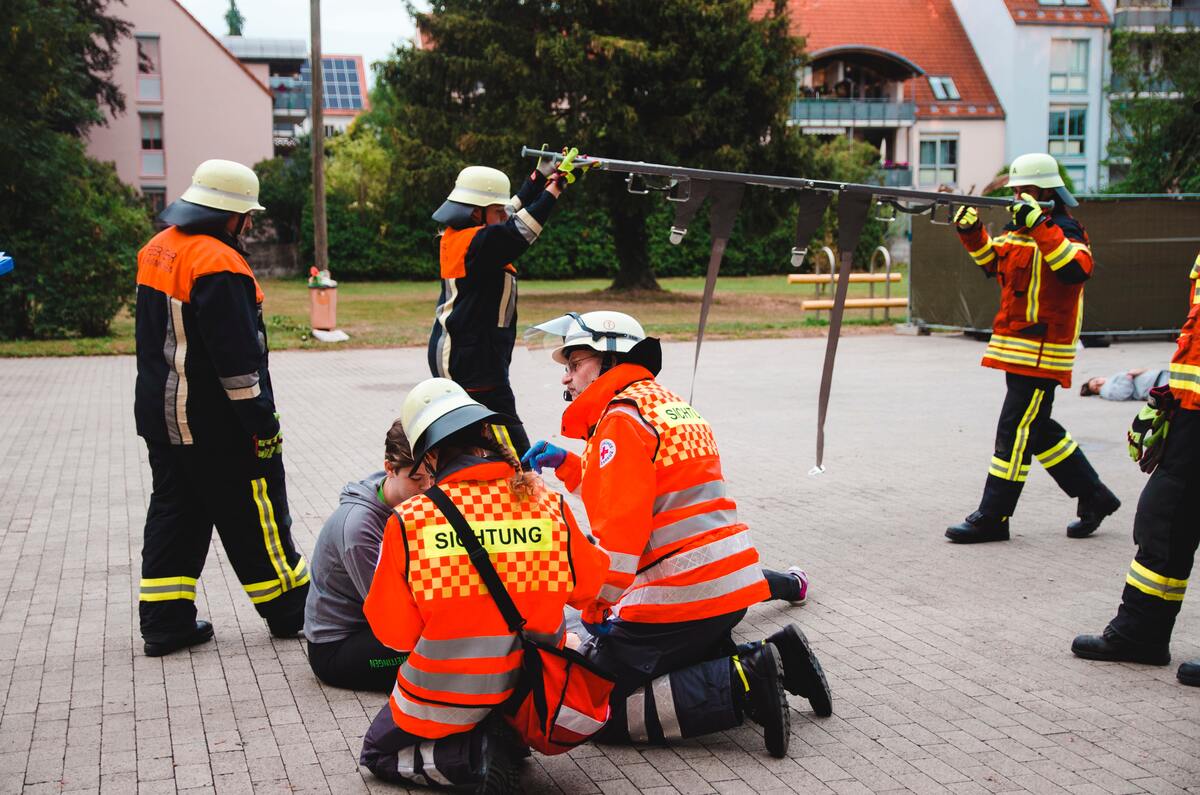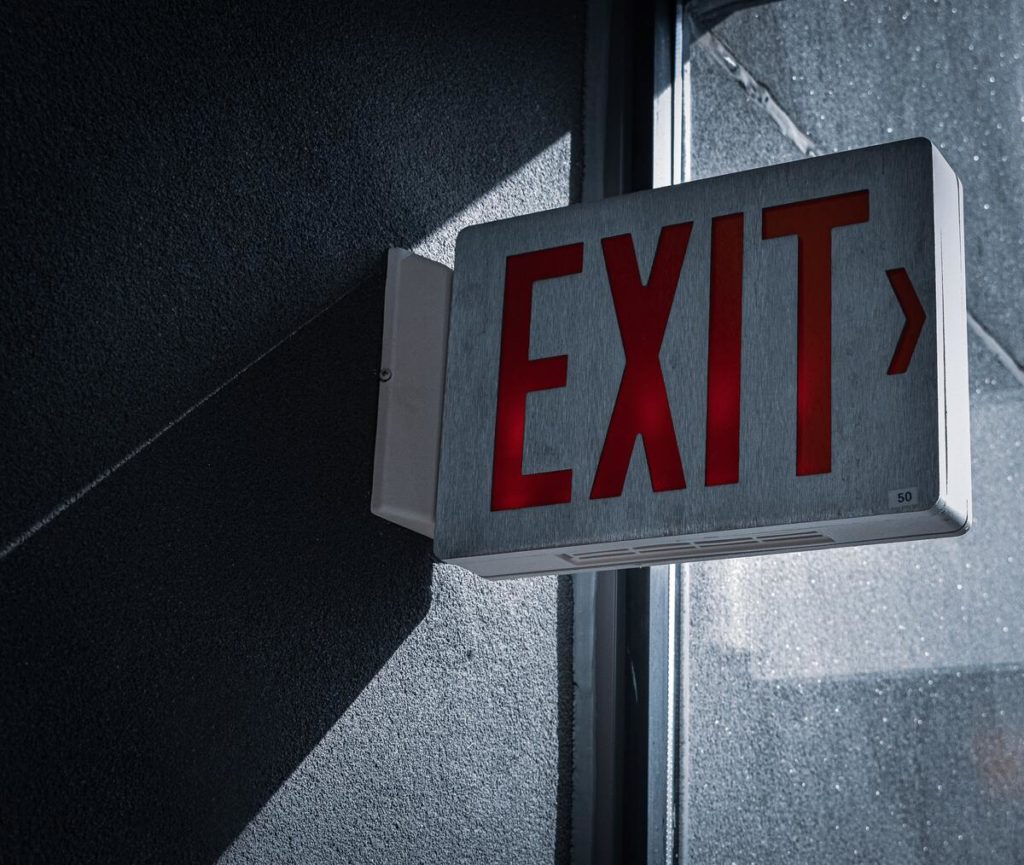There are other forces to protect your business from. Other than financial hurdles and big decisions, unexpected and potentially harmful disasters can come your way. Although it’s impossible to stop these from completely happening, you can do something to prepare and mitigate the damage. The aftermath can be ugly, but recuperating will be smooth because of plans and protocols put in place beforehand.
Returning to operations faster with the least amount of damage is the ideal scenario. Although it may be harder for small businesses, it’s still an objective worth pursuing. The available data shows that 40% of small businesses don’t make it after a disaster. This data, however, accounts for the pre-COVID-19 context. But even this year-long event has created more than a dent in the business industry.
It’s no secret that these events have detrimental effects on the business, livelihood of others, and the overall economy. In 2020, the natural disasters events worldwide approximated $268 billion worth of economic loss. Here are some ways you can prepare for both natural and human-made disasters in the future.
Identify the Risks
A good place to start is identifying the risks concerning your area or areas. These risks can be hurricanes, earthquakes, wildfires, floods, and the like. If you have more than one area of business, the process may need more scrutiny. Review if your business insurance covers potential disasters in the area. Keep in mind where your managers store both hard and soft files and other related goods.
On the other hand, some events are not dependent on your place of business. This wasn’t made apparent until the spread of COVID-19 in December 2019. Although nobody had anticipated a global pandemic to happen in the 21st century, that’s all the more reason to anticipate the unanticipated.
Develop a Disaster Plan
A disaster plan should be holistic and inclusive of all that’s essential to the future of your business. This includes planning for before and after the event occurs.
Pre-disaster Planning
Review evacuation routes available in your area. Meanwhile, in the event of a shooting, determine escape paths beforehand. Besides having the recommended emergency exits in your establishment, an evacuation protocol should cover exit procedures and the like. Regular training should prompt a clear way out of danger in the event. It also helps to have evacuation maps available around the vicinity of your establishment.
Be sure to check and rehearse communication systems and contacts beforehand, and practice proper data etiquette in storage and backups. Have a fixed protocol in place for medical needs too. To further eliminate ambiguity, designate roles. Have groups for medical duties, facilitating the evacuation process, securing important files, and someone to contact the necessary authorities.

Post-disaster Response
After everything’s said and done, here comes your recovery plan. This includes planning employees’ relocation, inventory office equipment and supporting equipment, and considering an alternate office space. These are details you should work out with your manager/managers for smooth and uniform execution.
Another thing worth looking into is disaster aid for your business. At this point, any form of help can be beneficial in recuperating your operations. Disaster loans and assistance like that provided by the Small Business Administration is one example. They can go a long way in restarting your business.
Train and Prepare
If there’s a worse time for ambiguity and confusion, it’s during an earthquake or shooting. Although these are events nobody would rather have, having an idea or protocol to follow mitigates the possible negative outcomes. Having regular training and drills for these disasters helps increase proper execution and safety in your employees.
After you and your manager/managers agree to the disaster plan, disseminate and practice the evacuation routes with your employees. Hold routine natural disaster training and man-made disaster training. For instance, you can aim for adequate training for active shooting incidents, like how educational institutions prepare for them. This is to prepare and refresh everyone on what to do in these events.
To keep yourselves up-to-date with the latest trends and techniques, check out resources provided by government agencies online. For one, the Federal Emergency Management Agency (FEMA) provides disaster preparedness toolkits for your use.
Even though returning to operations as soon as possible with the least amount of harm seems difficult for small businesses, it’s always best to anticipate these harmful events in daily practices. These can be in proper data management or office etiquette and respecting the time for the drills and training. Although these events have a significant impact on your business, they impact your people.

